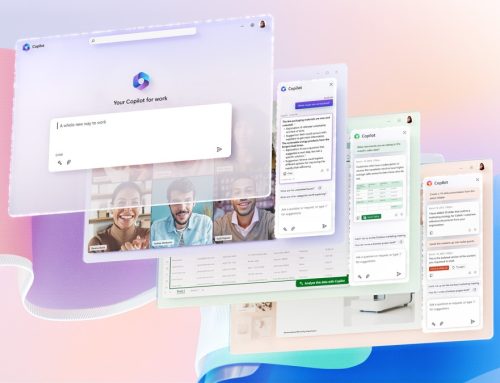With an advanced toolkit of cyberattacks methods at their disposal, cyber criminals are continually finding new ways to deceive computer systems and access sensitive legal data. From targeting junior lawyers to the use of sophisticated AI, it has never been more imperative for law firms to be astutely aware of the danger of cyberattacks and to have solid systems in place to remain protected.
Read on to learn about some of the most modern and popular approaches cyber criminals are opting for when launching cyberattacks on the legal industry.
What is a Cyberattack?
A cyberattack is a malicious attempt by a hacker to damage or disrupt the normal functioning of a computer system or network or to compromise its data. Cyberattacks can take a number of different forms including malware, phishing attacks, denial of service (DoS) attacks, SQL injection, social engineering, and zero-day exploits.
How Do Cyberattacks Work?
Cyberattacks work by targeting vulnerabilities in companies and their computer systems such as weak software, coding errors, or outdated security updates. Poor network infrastructure, such as weak firewalls and unsecured networks, is also a draw for cyber criminals as, unfortunately, it creates a very easy target.
Human error can sometimes be at play, too, with cyberattack methods such as phishing which require employees or clients to unwittingly click dangerous attachments or links which reveal sensitive information.
Top Cyberattack Approaches
From phishing to social engineering, regardless of the method opted for, cyber criminals are becoming increasingly sophisticated in the way they approach launching an attack. The following few approaches, in particular, have become particularly prevalent recently.
Targeting Junior Lawyers with Ransomware
Ransomware, a type of malware, is increasingly being used to hijack law firms’ sensitive data; once cyber criminals have established an initial point of entry, they can theoretically access the law firm’s entire IT system. Some cyber criminals will even act as an access broker and sell this initial point of entry on to a cyber broking group; one notorious group, in particular, appears to focus exclusively on the legal industry.
Nowadays, cyber criminals are increasingly preying on junior lawyers to establish this initial point of entry. These inexperienced employees are coaxed and hoodwinked into clicking or downloading links or documents that have been injected with malicious code, granting the cyber criminals access to their own desktop, initially, which acts as a gateway to the law firm’s wider IT environment.
Third Party File Sharing Platforms
File sharing is an extremely mundane legal task, but doing so securely is absolutely critical for maintaining the safety and security of sensitive data and complying with any relevant contractual and regulatory requirements.
Cyber criminals are known to use ransomware to launch attacks on law firms through file sharing platforms. Namely, cloud platforms MoveIt and Cleo have recently been linked to an increasing number of high profile cyberattacks. Now more than ever, it is vital that law firms have a safe and trusted method of file sharing to rely on for this prominent facet of legal practice.
Phishing with Artificial Intelligence (AI)
One of 2025’s most recent cybercrime approaches has been to spam lawyers and legal employees with deliberately suspicious-looking phishing emails before subsequently masquerading as a person from the organisation’s IT team and coaxing them into granting access to their computer to check for malware or suspicious activity.
As AI becomes increasingly sophisticated, the use of AI for deepfakes and voice cloning will undoubtedly become an additional layer to this cyberattack approach, making the masquerade even more convincing and difficult to detect.
Targeting their IT Provider
Cybercriminals have worked out that an easy way to gain access to the IT systems of legal firms is to target their IT support providers. The are increasingly using deepfake technology and phishing to impersonate clients and request security changes from IT companies, aiming to access client systems.
Learn more about these attacks in our recent blog post.








